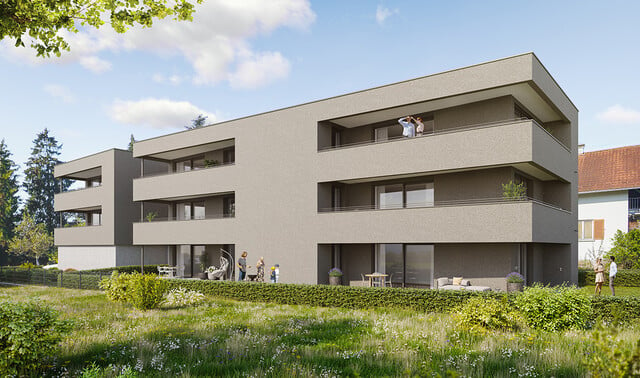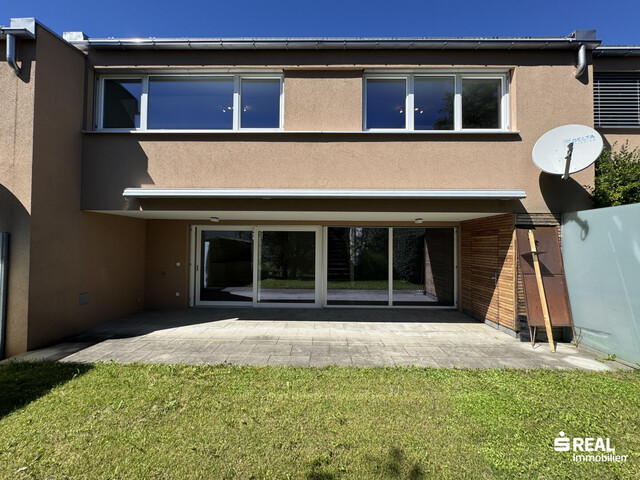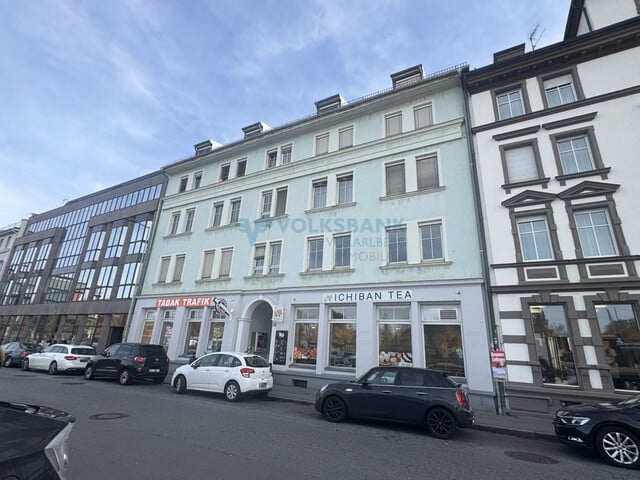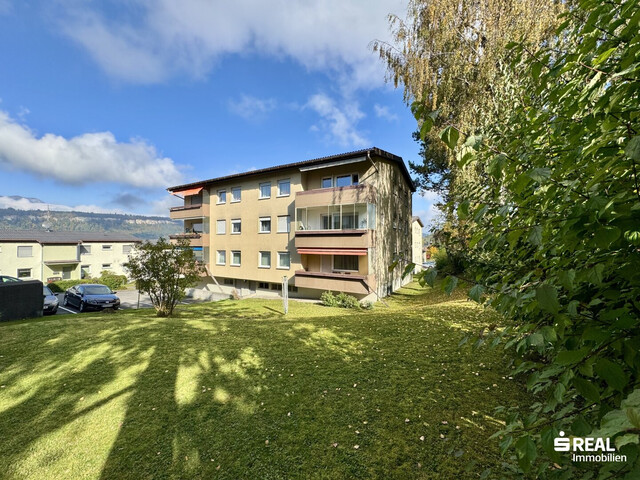Gender Pay Gap in Austria: Women Earn 18% Less Gross Per Hour

In the EU comparison, however, Austria was, according to Statistics Austria, the country with the second largest gender pay gap in 2023, behind Latvia (19 percent). The EU average is 12 percent.
The gender pay gap compares the average gross hourly earnings of women and men in the private sector. In Austria, this has decreased from 22.3 percent to 18.3 percent between 2013 and 2023. In the EU average, it decreased from 16.0 to 12.0 percent in the same period. For comparison: The highest gender pay gap is in Latvia (19.0 percent), closely followed by Austria, with the Czech Republic, Hungary, Germany, Estonia, and Finland having values of around 17 percent to 18 percent. At the other end, in Luxembourg, men and women earn practically the same - here the wage difference even slightly favors women (minus 0.9 percent). There are also small differences in Belgium (0.7 percent), Italy (2.2 percent), and Romania (3.8 percent).

Gender Pay Gap: High Wage Difference in Austria Only One-Third Explainable
According to Statistics Austria (based on data from 2022), the high wage difference in Austria can be explained by about one-third (6.4 percentage points), while the rest remains unexplained. Factors include that women often work in lower-paid industries and professions. The extent of employment also plays a role: Differences in working hours are generally already taken into account by using hourly earnings - however, part-time work is on average also paid less per hour, which affects women more than men. Additionally, women are on average employed for a shorter time in the company. Education, on the other hand, does not contribute to the lower earnings of women - on the contrary: If it were based on education, women should earn more than men.
Speaking of part-time: The proportion of part-time employees among all employed persons has increased in recent years. This applies to both men and women - for the former, it grew from 10.3 to 13.4 percent, and for the latter from 45.6 to 50.6 percent. A closer analysis of part-time rates shows, according to Statistics Austria, that part-time work is the dominant form of employment, especially for women with children under 15 years. In 2023, the active part-time rate (excluding parental leave) for women aged 25 to 49 with children under 15 was 74 percent, significantly higher than that of women overall (50.6 percent). For comparison: Among men with children under 15, it was only 7.7 percent, not only significantly lower - it was even below the overall part-time rate for men (13.4 percent).
(APA/Red)
This article has been automatically translated, read the original article here.
Du hast einen Hinweis für uns? Oder einen Insider-Tipp, was bei dir in der Gegend gerade passiert? Dann melde dich bei uns, damit wir darüber berichten können.
Wir gehen allen Hinweisen nach, die wir erhalten. Und damit wir schon einen Vorgeschmack und einen guten Überblick bekommen, freuen wir uns über Fotos, Videos oder Texte. Einfach das Formular unten ausfüllen und schon landet dein Tipp bei uns in der Redaktion.
Alternativ kannst du uns direkt über WhatsApp kontaktieren: Zum WhatsApp Chat
Herzlichen Dank für deine Zusendung.








